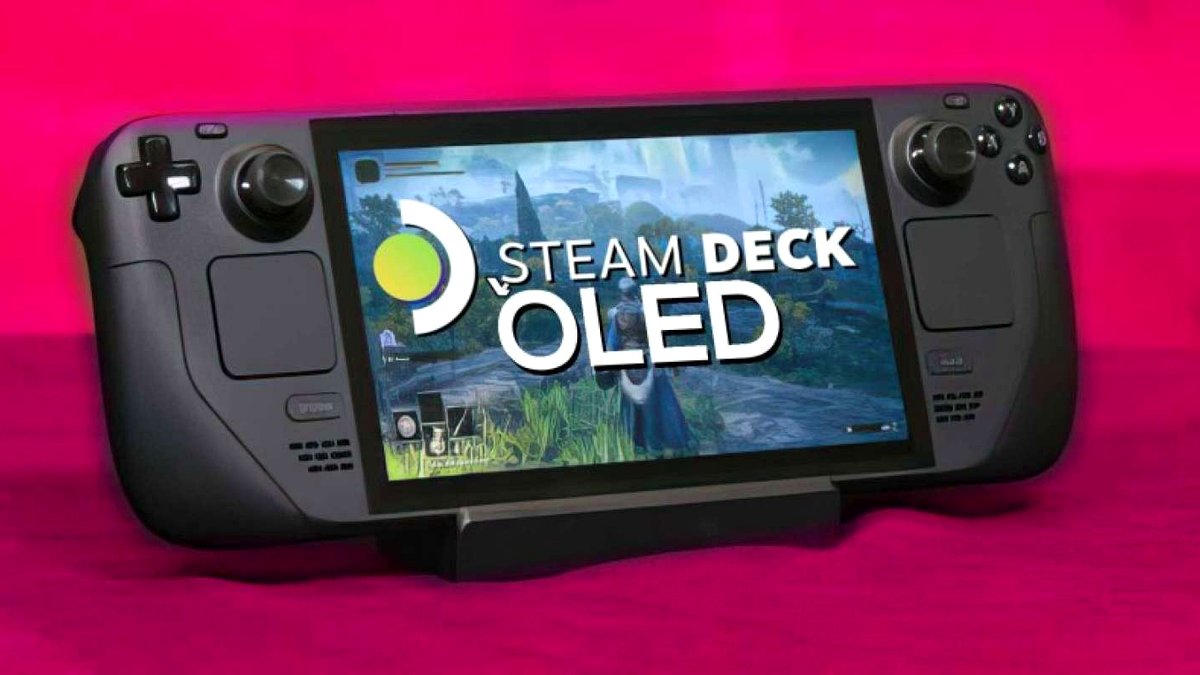The handheld x86 gaming PC market received welcome news as Valve's Steam Deck OLED returned to full availability yesterday, ending a supply drought that lasted over a week across North America. The Verge reports that both the 512GB and 1TB OLED models are now available for purchase at their original pricing, with Valve successfully resolving the "supply chain constraints" that had left the premium handheld out of stock.
Supply Chain Recovery Delivers on Valve's Timeline Promise
The restock comes ahead of Valve's previously stated timeline expectations. When the Steam Deck OLED first went out of stock in the US and Canada on June 12, Valve's official statement indicated they "anticipate being back in stock by end of summer." The company's ability to resolve supply issues and restock within two weeks demonstrates significant improvement in their supply chain management capabilities.
Valve's original statement, as reported by Windows Central, cited "recent supply chain constraints" as the primary factor behind the shortage. Industry analysts widely attributed these constraints to the current tariff situation affecting Chinese-manufactured electronics, with the Steam Deck OLED being assembled in China like most handheld gaming devices.
Current Pricing and Availability Maintained
Despite the supply disruption, Valve has maintained its commitment to price stability. The Steam Deck OLED lineup remains at its established pricing structure:
- 512GB Steam Deck OLED: $549 (unchanged)
- 1TB Steam Deck OLED: $649 (unchanged)
Both models feature the enhanced 7.4-inch HDR OLED display, improved battery life ranging from three to 12 hours depending on content, and up to 90Hz refresh rate capabilities. The 1TB variant includes additional premium features such as "premium anti-glare etched glass" display treatment, exclusive startup screen customization, and enhanced carrying case accessories.
Market Context: Tariff Pressures Across Handheld Gaming
The Steam Deck OLED shortage reflects broader supply chain pressures affecting the entire handheld x86 gaming market. Windows Central's reporting indicates that competing devices have faced similar challenges, with the MSI Claw 7 AI+ experiencing a $30 price increase from $799 to $829, and the Legion Go S (SteamOS) seeing a $50 price rise.
ASUS ROG Ally Z1 non-Extreme units have become increasingly scarce in retail listings, while even Nintendo's upcoming Switch 2 faced delayed preorders in North America compared to other global markets. The consistent pattern across manufacturers suggests systemic supply chain disruption rather than company-specific issues.
Reader Impact: Purchase Window Now Available
For handheld gaming enthusiasts who experienced frustration during the shortage period, the Steam Deck OLED restock provides an immediate purchasing opportunity. The device's return to availability removes the uncertainty that had driven some potential buyers toward alternative Windows-based handhelds or the refurbished device market.
The quick resolution of Valve's supply issues also suggests improved supply chain resilience compared to the broader market. While competitors continue to face pricing pressures and availability constraints, Valve's ability to maintain both availability and pricing stability positions the Steam Deck OLED as a more predictable purchase option for consumers.
Competitive Positioning Strengthened
The successful restock enhances the Steam Deck OLED's competitive position within the premium handheld gaming segment. While Windows-based alternatives like the ROG Ally X and Legion Go continue to face tariff-related price increases, the Steam Deck OLED's price stability and restored availability may attract buyers who had previously considered higher-priced Windows alternatives.
The timing also coincides with continued Nintendo Switch 2 supply constraints, potentially capturing demand from consumers seeking immediate availability in premium handheld gaming options. The Steam Deck OLED's x86 architecture provides access to the entire Steam library plus emulation capabilities that differentiate it from both Nintendo's ARM-based offerings and Windows handhelds with shorter battery life.
Sources
- The Verge: "The Steam Deck OLED is back in stock"
- Windows Central: "Steam Deck OLED falls out of stock in US & Canada due to supply chain constraints presumably triggered by tariffs -- but the price won't increase"
Note: All sources have been verified for accuracy and editorial standards compliance.
